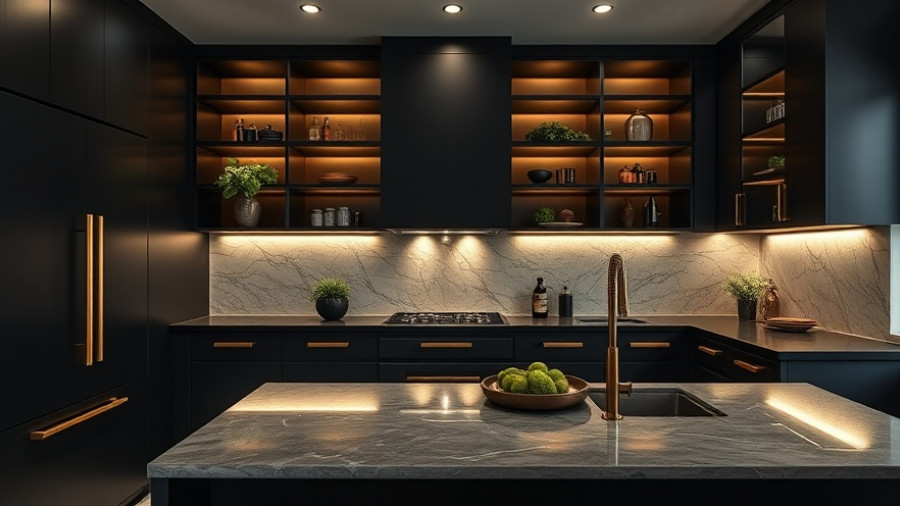
Understanding Void Periods: A Key Issue for Landlords
For landlords, dealing with void periods can be a major headache. These gaps between tenancies mean not only lost rental income, but also continuing obligations such as mortgage payments, council tax, and utility bills. Fortunately, by taking proactive steps, landlords can effectively minimize these void periods and keep the rental income flowing.
Start Advertising Early: Timing Is Everything
One crucial strategy to reduce void periods is to get ahead on advertising. Many landlords wait until their property is vacant before they begin marketing it. This not only delays finding a new tenant but can lead to frustrating financial gaps. As soon as a current tenant provides notice, landlords should prepare to list the property. This means taking professional photos and creating an informative listing. Many prospective tenants are willing to view the property while it is still occupied, especially if the outgoing tenant maintains a tidy space. The earlier you start advertising, the sooner you are likely to secure a new tenant.
Setting the Right Rent to Attract Tenants
When it comes to rental pricing, it might be tempting to aim for a high rate, especially in a competitive market. However, overpricing your property can lead to extended void periods. Properties that linger on the market often require price reductions, which can be counterproductive. A well-priced property draws more interest and lets faster. Landlords should analyze comparable properties in their area to set a realistic rental price. Sometimes, accepting a slightly lower rent can be more beneficial than holding out for a higher figure while losing rental income.
The Importance of Property Maintenance and Presentation
Tenants today are increasingly picky, expecting rental homes that are clean, modern, and well-maintained. Investing in property upkeep—such as applying a fresh coat of paint or ensuring the property is deep cleaned between tenancies—can significantly improve the chances of a quick rental. A property that shows well not only attracts interest faster but also encourages better-quality tenants to apply.
Flexibility: A Landlord's Secret Weapon
Flexibility can greatly enhance a landlord's tenant pool. Being open to allowing pets, offering shorter-term leases, or including appliances can make a property stand out. Accommodating tenant schedules by being available for viewings during unconventional hours can also accelerate the letting process. A flexible approach can help mitigate potential voids and ensure your property is leased as quickly as possible.
Leveraging Expertise: Why Trusting a Letting Agent Matters
Working with a knowledgeable letting agent can make a significant difference in minimizing void periods. An experienced agent understands how to effectively market and manage rental properties. For example, at ESPC Lettings, the team handles viewings, screens applicants, and maintains a waiting list of prospective tenants. They offer valuable insights into local market trends, helping landlords to better position their properties for fast letting.
Conclusion: Making Smart Decisions for Financial Stability
Void periods may be an inevitable part of being a landlord, but they don’t have to be prolonged or frequent. By planning ahead, setting competitive rental prices, maintaining your property, being flexible, and leveraging the expertise of letting agents, you can significantly lessen the time your properties remain vacant. These small but powerful strategies will help you maintain a steady flow of rental income.
If you're considering entering the buy-to-let market, remember that ESPC Lettings can help every step of the way. From finding the right property to managing your rentals effectively, they’re ready to assist you. Don't hesitate to reach out!
 Add Row
Add Row  Add
Add 





Write A Comment